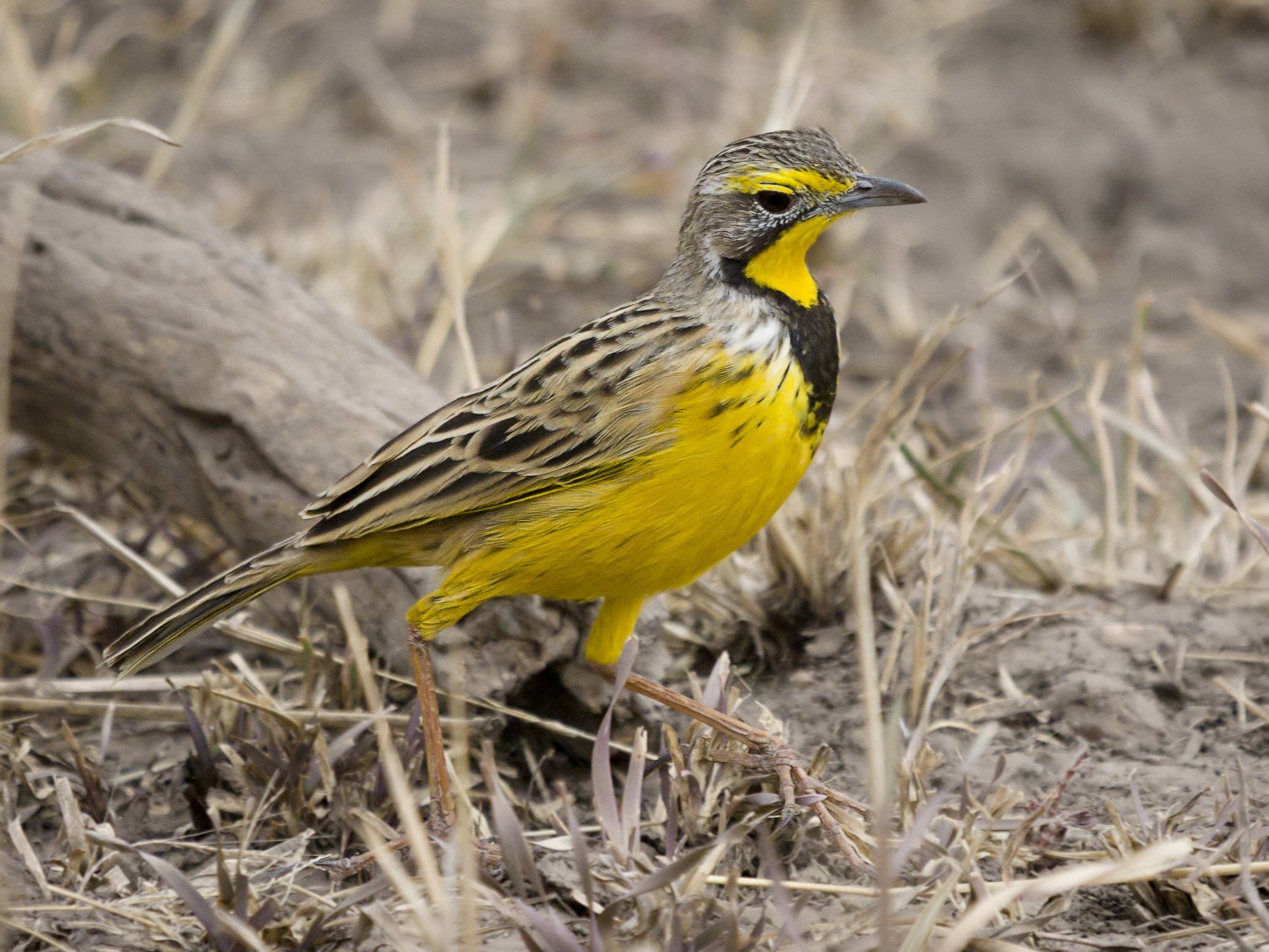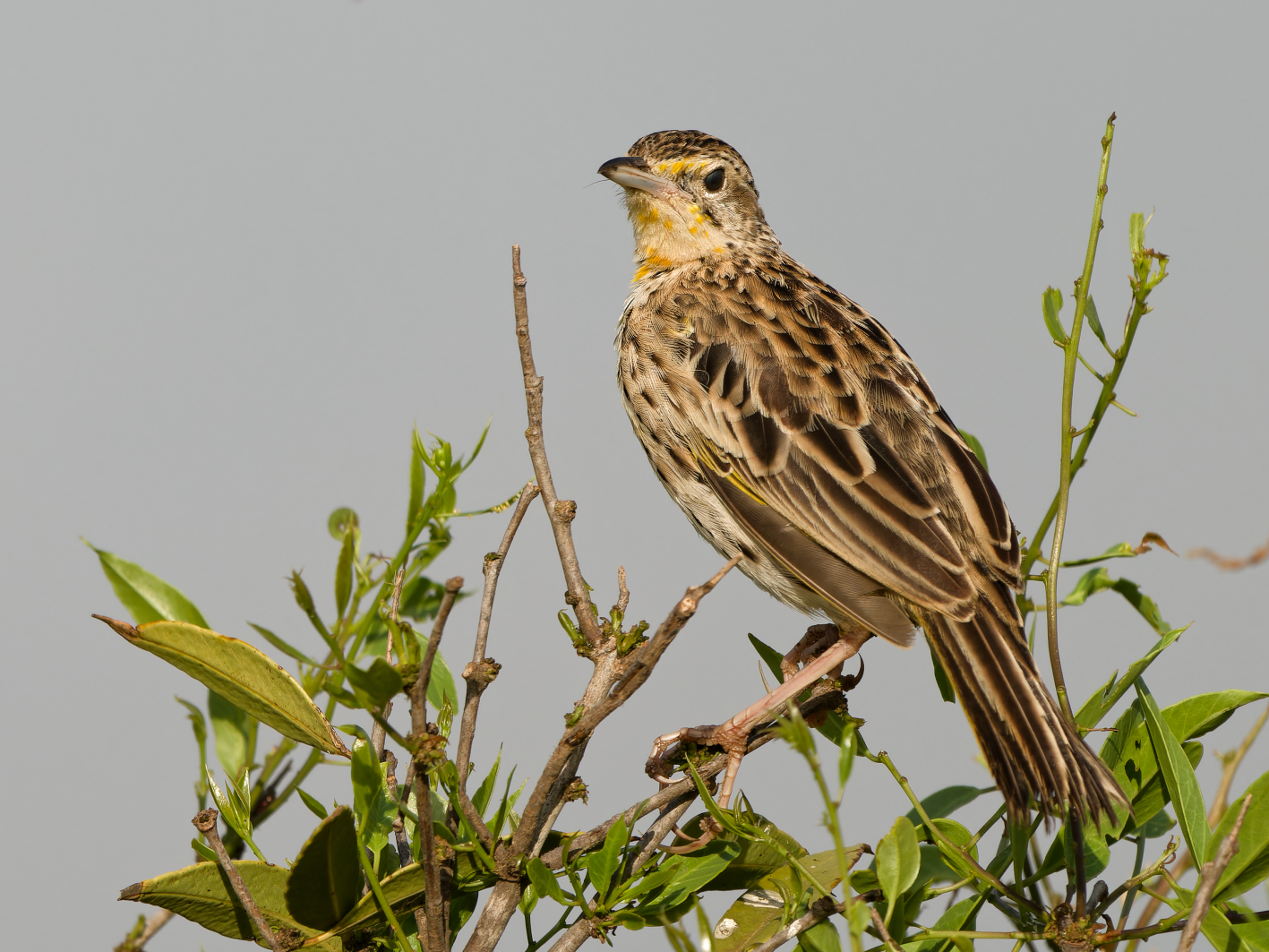|
Macronyx
The longclaws are a genus, ''Macronyx'', of small African passerine birds in the family Motacillidae. Longclaws are slender, often colorful, ground-feeding insectivores of open country. They are ground nesters, laying up to four speckled eggs. They are named for their unusually long hind claws, which are thought to help walk on grass. There are only between 10,000 and 19,000 Sharpe's longclaw left in Kenya. The genus ''Macronyx'' was introduced by the English naturalist William Swainson in 1827 with the Cape longclaw as the type species. The name combines the Classical Greek words "long" or "great" and "claw". Species list The genus contains eight species: References External linksLongclaw videos on the Internet Bird Collection {{Taxonbar, from=Q389600 Macronyx Birds of Sub-Saharan Africa Taxa named by William Swainson ... [...More Info...] [...Related Items...] OR: [Wikipedia] [Google] [Baidu] |
Motacillidae
The wagtails, longclaws, and pipits are a family (biology), family, Motacillidae, of small passerine birds with medium to long tails. Around 70 species occur in five genus, genera. The longclaws are entirely restricted to the Afrotropics, and the wagtails are predominantly found in Europe, Africa, and Asia, with two species bird migration, migrating and breeding in Alaska. The pipits have the most cosmopolitan distribution, being found mostly in the Old World, but occurring also in the Americas and oceanic islands such as New Zealand and the Falklands. Two African species, the yellow-breasted pipit and Sharpe's longclaw, are sometimes placed in a separate seventh genus, ''Hemimacronyx'', which is closely related to the longclaws. Most motacillids are ground-feeding insectivores of slightly open country. They occupy almost all available habitats, from the shore to high mountains. Wagtails prefer wetter habitats than the pipits. A few species use forests, including the forest wagtai ... [...More Info...] [...Related Items...] OR: [Wikipedia] [Google] [Baidu] |
Yellow-throated Longclaw
The yellow-throated longclaw (''Macronyx croceus'') is a species of bird in the family Motacillidae. Taxonomy and systematics Despite sharing no recent common ancestor, the yellow-throated longclaw and its sister species in ''Macronyx'' are very similar in both coloration and behavior to the meadowlarks of North America, an example of convergent evolution. Description They have yellow underparts and a black "bib" on the upper chest. They may be distinguished from the closely related pangani longclaw by its yellow under tail-coverts, which the pangani lacks. The pangani also has an orange throat, whereas the yellow-throated does not. Behavior and ecology Longclaws are generally solitary, except when found as mated pairs. Range It is found in Angola, Benin, Burkina Faso, Burundi, Cameroon, Central African Republic, Chad, Republic of the Congo, Democratic Republic of the Congo, Eswatini, Ivory Coast, Gabon, Gambia, Ghana, Guinea, Guinea-Bissau, Kenya, Lesotho, Liberia, M ... [...More Info...] [...Related Items...] OR: [Wikipedia] [Google] [Baidu] |
Fülleborn's Longclaw
Fülleborn's longclaw (''Macronyx fuelleborni'') or Fuelleborn's longclaw, is a species of bird in the family Motacillidae. It is found in damp grassy habitats in south-central Africa. Taxonomy Two subspecies of Fülleborn's longclaw are recognised: *''Macronyx fuellebornii ascensi'' Salvadori, 1907: which is found in Angola, the central and southern parts of the Democratic Republic of Congo, in Zambia west of the valley of the Luangwa River and, rarely, in extreme northern Namibia. *''M. f. fuelleborni'' Reichenow, 1900 :restricted to south-western Tanzania. Description Fülleborn's longclaw is similar to the yellow-throated longclaw but it is slightly smaller, stockier and lacks the streaking on the breast. It has a yellow throat surrounded by a black band when adult and the yellow on the throat is duller in juveniles which also do not have the surrounding black band and have some indistinct streaks on the breast, but this is much less in extend than in related species. Di ... [...More Info...] [...Related Items...] OR: [Wikipedia] [Google] [Baidu] |
Sharpe's Longclaw
Sharpe's longclaw (''Macronyx sharpei'') is a passerine bird in the longclaw family Motacillidae, which also includes the pipits and wagtails. It is endemic to Kenya. It is 16–17 cm long, with upperparts heavily marked with buff and rufous streaks, yellow underparts, and white outertail feathers in flight. This bird is endangered, with an estimated population of less than 20,000. Its grassland habitat is being replaced by cultivation and woodlots. The common name and Latin binomial name commemorate the British zoologist Richard Bowdler Sharpe. Taxonomy Sharpe's longclaw was described by the English ornithologist Frederick John Jackson in 1904 from specimens collected in the Mau Plateau area of Kenya. He coined the binomial name ''Macronyx sharpei''. Both the common name and the specific epithet honour the English ornithologist and museum curator Richard Bowdler Sharpe. The Sharpe's longclaw is a member of the family Motacillidae, which includes the pipits and wagtai ... [...More Info...] [...Related Items...] OR: [Wikipedia] [Google] [Baidu] |
Rosy-throated Longclaw
The rosy-throated longclaw, also known as the rosy-breasted longclaw (''Macronyx ameliae'') is a species of bird in the family Motacillidae. It is found in Angola, Botswana, Democratic Republic of the Congo, Kenya, Malawi, Mozambique, Namibia, South Africa, Tanzania, Zambia, and Zimbabwe. Its natural habitat is subtropical or tropical seasonally wet or flooded lowland grassland. The Marquis Léonce de Tarragon described the species in 1845, its specific name honouring either his wife or mother who were both named Amélie. Richard Bowdler Sharpe named this species ''M. wintoni'' in 1891 after William Edward de Winton. Common names include rosy-throated longclaw, pink-throated longclaw and rosy-breasted longclaw. Three subspecies are recognized: ''M. ameliae ameliae'' from Mozambique, Eswatini and eastern South Africa, ''M. ameliae wintoni'' from southwestern Kenya and northern Tanzania, and ''M. ameliae altanus'' from Botswana, Angola, Malawi, southwestern Tanzania, Zimbabwe and ... [...More Info...] [...Related Items...] OR: [Wikipedia] [Google] [Baidu] |
Pangani Longclaw
The Pangani longclaw (''Macronyx aurantiigula'') is a species of bird in the family Motacillidae, which includes the pipits and wagtails. It is found in Tanzania, Kenya and Somalia. The bird's natural habitats are dry savanna and subtropical or tropical dry lowland grassland. Originally described by German ornithologist Anton Reichenow in 1891, the Pangani longclaw is a member of the longclaw genus ''Macronyx''. The genus name is derived from the Ancient Greek words μακρός/''makros'' "long", and ονυξ/''onyx'' "claw" or "talons". The species name is derived from the Latin words ''aurantium'' "orange", and ''gŭla'' "throat" or "gullet" Description The Pangani longclaw measures around 20 cm (8 in) in length. As its species name suggests, it has a yellow-orange throat. This is bordered with a black necklace. The upperparts are mottled various shades of brown, and the belly is yellow. In immature birds, the belly is more buff than yellow and the dark breast band l ... [...More Info...] [...Related Items...] OR: [Wikipedia] [Google] [Baidu] |
Abyssinian Longclaw
The Abyssinian longclaw (''Macronyx flavicollis'') is a species of bird in the family Motacillidae. It is endemic to Ethiopia. Habitat The bird's natural habitats are subtropical or tropical high-altitude grassland of the Ethiopian Highlands, and arable land. The Abyssinian longclaw is very similar in both appearance and behavior to the yellow-throated longclaw (''Macronyx croceus'') of other parts of Africa. It is a common grassland bird of the western and south eastern Ethiopian Highlands, except in the extreme north where it does not occur. Threats It is threatened by habitat loss Habitat destruction (also termed habitat loss or habitat reduction) occurs when a natural habitat is no longer able to support its native species. The organisms once living there have either moved elsewhere, or are dead, leading to a decrease .... References Abyssinian longclaw Abyssinian longclaw Ethiopian Highlands endemic bird fauna Abyssinian longclaw Taxonomy articles created ... [...More Info...] [...Related Items...] OR: [Wikipedia] [Google] [Baidu] |
Grimwood's Longclaw
Grimwood's longclaw (''Macronyx grimwoodi'') is a species of bird in the family Motacillidae. It is found in Angola, Democratic Republic of the Congo, and Zambia. Its natural habitat is subtropical or tropical seasonally wet or flooded lowland grassland A grassland is an area where the vegetation is dominance (ecology), dominated by grasses (Poaceae). However, sedge (Cyperaceae) and rush (Juncaceae) can also be found along with variable proportions of legumes such as clover, and other Herbaceo .... References Grimwood's longclaw Birds of Central Africa Grimwood's longclaw Taxa named by Constantine Walter Benson Taxonomy articles created by Polbot {{Passeroidea-stub ... [...More Info...] [...Related Items...] OR: [Wikipedia] [Google] [Baidu] |
Classical Greek
Ancient Greek (, ; ) includes the forms of the Greek language used in ancient Greece and the ancient world from around 1500 BC to 300 BC. It is often roughly divided into the following periods: Mycenaean Greek (), Dark Ages (), the Archaic or Homeric period (), and the Classical period (). Ancient Greek was the language of Homer and of fifth-century Athenian historians, playwrights, and philosophers. It has contributed many words to English vocabulary and has been a standard subject of study in educational institutions of the Western world since the Renaissance. This article primarily contains information about the Epic and Classical periods of the language, which are the best-attested periods and considered most typical of Ancient Greek. From the Hellenistic period (), Ancient Greek was followed by Koine Greek, which is regarded as a separate historical stage, though its earliest form closely resembles Attic Greek, and its latest form approaches Medieval Greek, ... [...More Info...] [...Related Items...] OR: [Wikipedia] [Google] [Baidu] |

